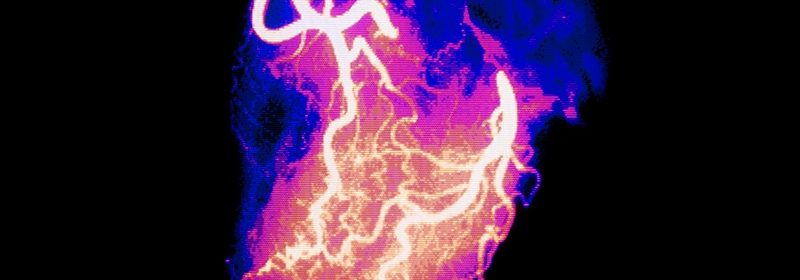Troponins Independently Prognostic in Nonobstructive CAD

The study covered in this summary was published in researchsquare.com as a preprint and has not yet been peer reviewed.
Key Takeaways
-
In patients with nonobstructive coronary artery disease (CAD), modest troponin elevations indicating mild myocardial injury were associated with impaired myocardial perfusion when assessed with pharmacologic-stress myocardial contrast echocardiography (MCE).
-
Levels of cardiac troponin I detected with high-sensitivity assay (hs-cTnl) predicted cardiovascular (CV) death or nonfatal myocardial infarction (MI) independent of microvascular dysfunction.
Why This Matters
-
Among patients with nonobstructive CAD, even those with only modestly elevated hs-cTnI levels, there is a subgroup at increased risk for progression to CV death or nonfatal MI.
-
Such hs-cTnI elevations might be related to prognosis by mechanisms other than myocardial ischemia, and could therefore be useful in the identification of high-risk groups for intervention.
Study Design
-
The retrospective study involved 474 patients with suspected CAD and no coronary stenoses of 50% or greater assessed at the First Affiliated Hospital of Harbin Medical University, China, from 2011 to 2017.
-
The patients, with a median age of 57 years, 61% of whom were women, were followed for the composite of CV death or nonfatal MI.
-
Patients with previous MI or coronary revascularization, any cardiomyopathy, obstructive coronary disease on imaging, or a left ventricular ejection fraction below 50% were excluded.
-
The hs-cTnl assays had a 0.001 ng/mL lower limit of detection.
-
Patients underwent pharmacologic stress MCE with adenosine triphosphate (ATP) disodium as the stressor; measurements included replenishment velocity and myocardial blood flow and myocardial blood-flow reserve (MBFR).
Key Results
-
Of 474 patients, 214 (45.1%) had hs-cTnl concentrations greater than the assay’s limit of detection.
-
A total of 420 patients completed the follow-up, which lasted a median of 41 months, and 12 developed endpoint events (10 CV deaths and two nonfatal MIs).
-
Patients with hs-cTnl levels of at least 0.007 ng/mL were significantly older (P < .05) and more likely to have atrial fibrillation (P < .001) and lower MBFR (P < .001) that those with undetectable levels.
-
Detectable hs-cTnI levels were associated with reduced MBFR after covariate adjustment (odds ratio, 0.20; P = .039) and, independent of MBFR, with events in the composite endpoint (adjusted hazard ratio [HR], 8.93; P = .028).
-
Higher hs-cTnl levels were associated with greater risk for new endpoint events (adjusted HR, 13.4; P < .001).
Limitations
-
The study was limited by the single-center retrospective design.
-
Quantitative MCE was not validated with respect to measurement of coronary microvascular dysfunction.
-
The 11% prevalence of patients lost to follow-up likely influenced the results.
Disclosures
-
The study did not receive any commercial funding.
-
The authors declare that they have no competing interests.
This is a summary of a preprint research study, Impact of low-level cardiomyocyte injury on prognosis in patients with non-obstructive coronary artery disease: A retrospective cohort study, written by researchers at the First Affiliated Hospital of Harbin Medical University, Heilongjian, China; the Heart Center at Qingdao Fuwai Cardiovascular Hospital, Shandong, China; and Qingdao Third People’s Hospital, Shandong, on ResearchSquare provided to you by Medscape. This study has not yet been peer reviewed. The full text of the study can be found on researchsquare.com.
Source: Read Full Article